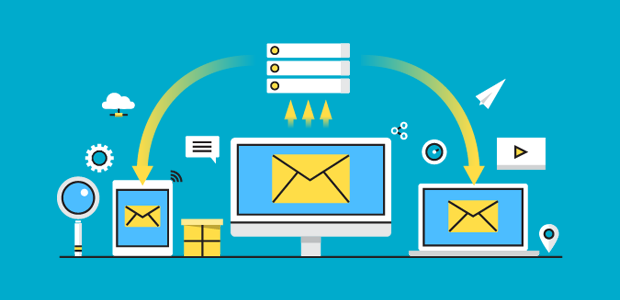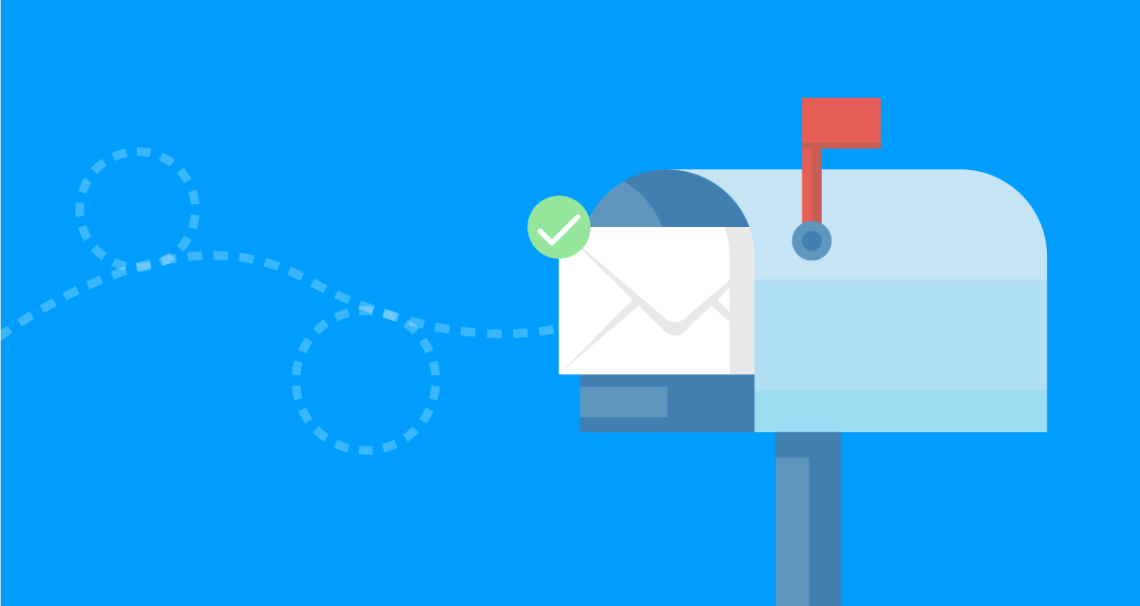Table of Contents
ToggleIntroduction
If you have been in the marketing industry for some time now, you would know the relevance of email marketing strategy in the relationship of your business to your customers. And more importantly, you would understand the importance of email deliverability in managing your subscribers.
As much as you know about the basics of email, there is still more to it that you still need to know if you want to have a successful email program. In this article, we will talk about email deliverability, why it matters, and how you can improve on it. But first, let’s define it.
What is Email Deliverability?
Email deliverability is the ability to deliver emails to the inboxes of a business’s subscribers. For other marketers, email deliverability is what helps them reach and communicate their subscribers regarding matters not only related merely to advertising and promotions but also with addressing bulk emails, bandwidth throttling, bouncing, and spamming.

Why is it Important?
Although deliverability of emails may not come as a priority in other businesses’ marketing strategies, there are a few considerations as to why it can be your essential backup in gaining your highest ROI.
Compared with other digital marketing channels, email marketing has proven to be more efficient in terms of ROI. This is because people nowadays are spending more of their time checking on emails than a few years back. Thus, resulting in a high engagement time of subscribers or equivalent to a 21% revenue growth of the business sending emails.
The ability of emails to reach their target subscribers is important in establishing the foundation of a good ROI. Since there is increased competition among businesses today, what marketers would want to happen is to have the assurance that the recipients can receive the emails in their inboxes. Because failure to do so would mean an inability to engage with the emails or more so with the business’s brand.
As what was previously mentioned, email generates the most ROI with a $44 return for every $1. Clearly, email plays an extremely important role in today’s digital marketing industry given that it has the potential to be highly profitable.
Email Delivery vs. Email Deliverability
Despite having the same root word, delivery and deliverability are two different words with separate meanings that every business should not bring into confusion. To explain it better, here are their definitions:
It is when the email has been delivered to the receiving server successfully.
- Email Deliverability
It is when the email reaches the recipient’s inbox successfully.
It is important to understand that not all emails can successfully arrive in the subscriber’s inbox due to a few common reasons. In other words, good email delivery occurs more frequently than good email deliverability. Thus, when this happens, most email service providers will send a notification or an error message stating that the message has bounced.
Through this information, we can then measure the delivery rate of the emails accurately. Basically, when an email has failed to deliver, it will indicate a delivery error that it either undergoes a soft bounce or a hard bounce.
- Soft Bounce
In email marketing, a soft bounce means that the email has gone far in the recipient’s server but failed to get delivered in their inbox either due to:

– The server was down
– Email file size was too big
– The recipient’s inbox is full
A soft-bounced email is most of the time temporary and can be delivered automatically within 72 hours which is the standard cap time in resending an email.
- Hard Bounce
In email marketing, a hard bounce means that the email has completely failed to be delivered mainly if the email address of the recipient does not exist or it is invalid (this could happen if the domain name is incorrect, false, or unknown).
A hard-bounced email signifies a permanent error which means that the email will not be resent at any time of the day.
Tips to Improve Email Deliverability
While both soft and hard bounces are dangerous to your email deliverability, there are certain tips on how you can improve on this setup.

- Maintain a Hygienic Email List
Maintaining a clean email list might be difficult but it is an important step of email marketing. There are certain software that automatically removes inactive subscribers from your list so you won’t need to pay them to send emails.
- Maintain engagement with your Subscribers
One of the best ways to ensure that your emails are successfully delivered to your recipients is by regularly sending them with good, engaging content.
When your recipients like what you send, you can expect them to engage with your emails.
On the other hand, unresponsive recipients won’t bother to open your emails. Thus, they may often end up in the spam folder.
This technique also allows you to reconnect with your recipients through a daily newsletter in which they have not opened in a month.
- Remove inactive subscribers
After sending re-engagement emails to your recipients and you still haven’t received any response from them, this would be the time to remove your inactive subscribers to keep your list healthy and to avoid spam triggers from affecting your deliverability status.
- Use a Spam Filter
Spam filters will make your life easier. By using this, you can easily isolate your active subscribers from non-active ones. In managing your email deliverability, make sure that you avoid spam triggers that can generate malicious and unwanted emails from staying in your inboxes. Invest in spam filters to help you protect your email management system.
Following these tips are crucial in managing your email deliverability effectively. However, there are hundreds of application software available in the online market that you can purchase to make the job easier and faster.
Also Read: Technologies The Construction Industry Needs To Adopt Quickly For Success
Related posts
Hot Topics
Term insurance: why it’s a must-have for young professionals
Beginning a new career is a significant milestone not only in terms of finances but also in terms of responsibilities….
Why Healthcare workers Need Stronger Protections
In recent years, our healthcare system has faced unprecedented challenges, with one disturbing trend standing out: the alarming rise in…



